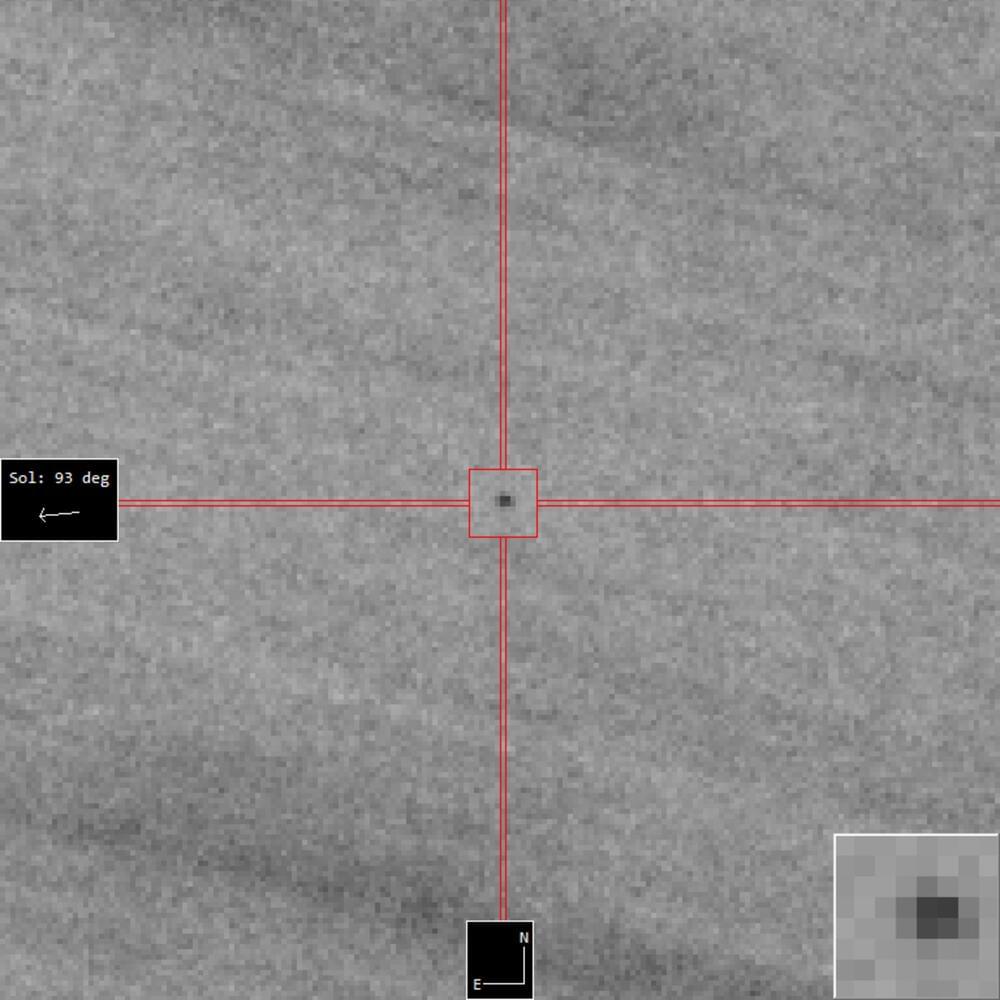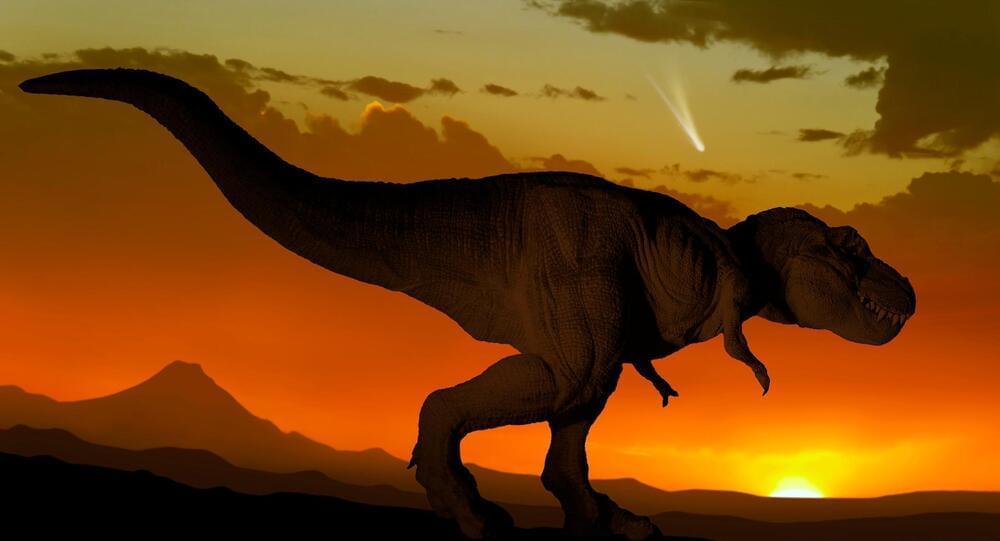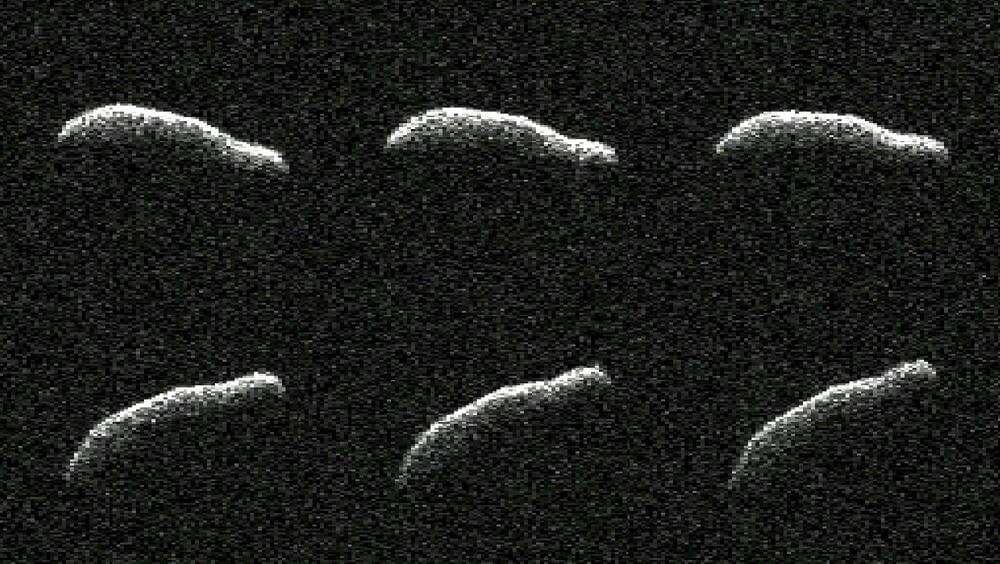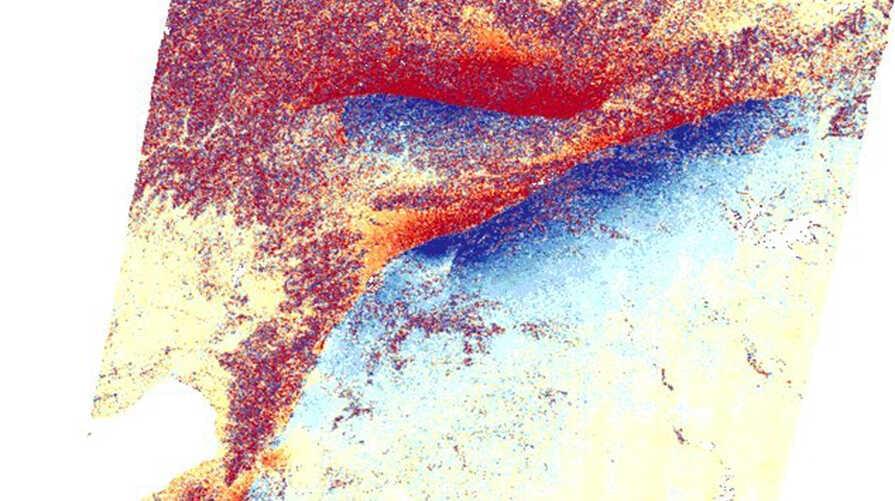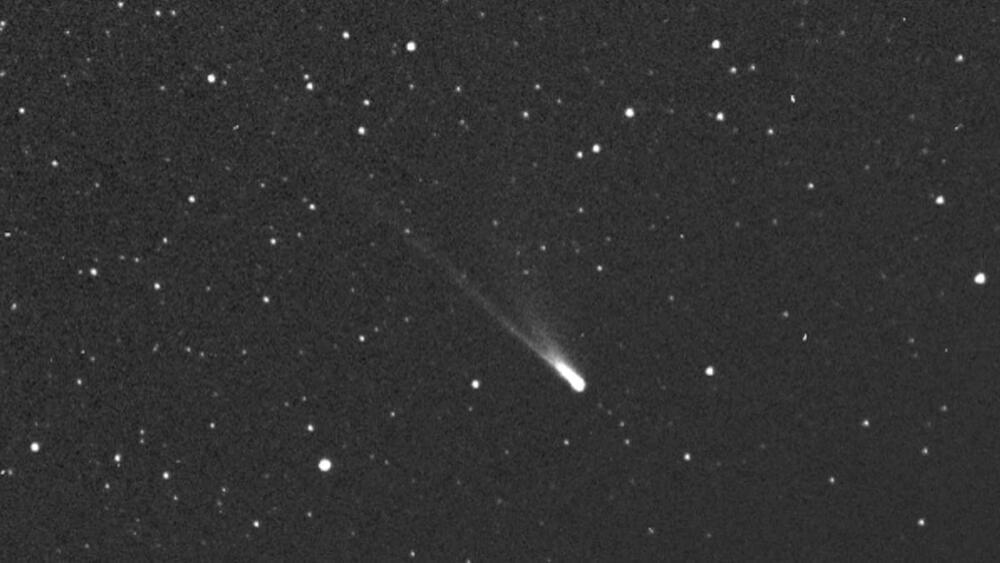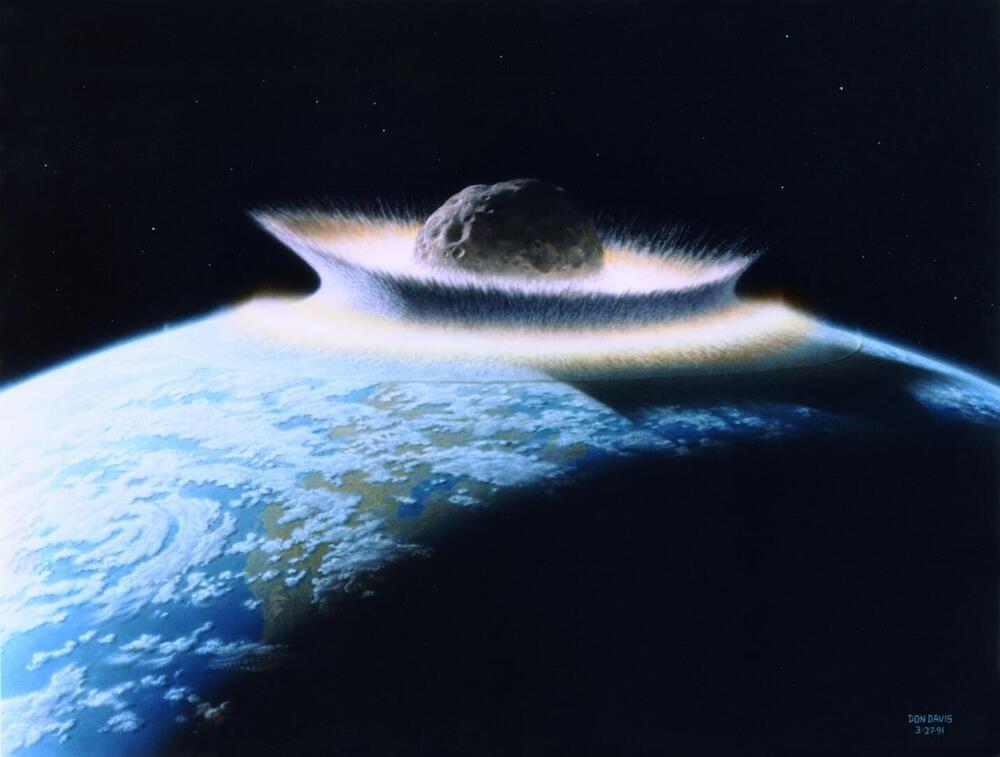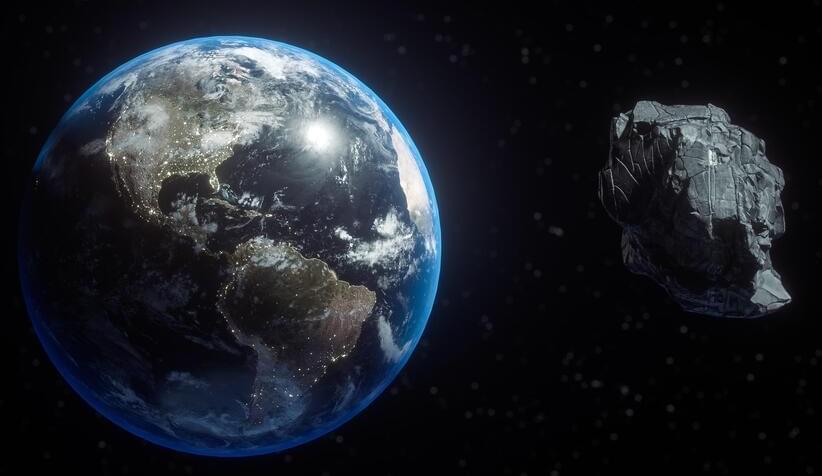Mar 3, 2023
The rise and fall of the riskiest asteroid in a decade
Posted by Eamon Everall in categories: asteroid/comet impacts, existential risks
For a few tense days this January, a roughly 70-metre asteroid became the riskiest observed in over a decade. Despite the Moon’s attempt to scupper observations, the asteroid is now known to be entirely safe.
*Join ESA, NASA and Asteroid Day LIVE from 19:00 CET this evening in “Killing asteroids — with the experts”, to find out more*.
Initial observations of an asteroid dubbed ‘2022 AE1’ showed a potential Earth impact on 4 July 2023 – not enough time to attempt deflection and large enough to do real damage to a local area should it strike.
